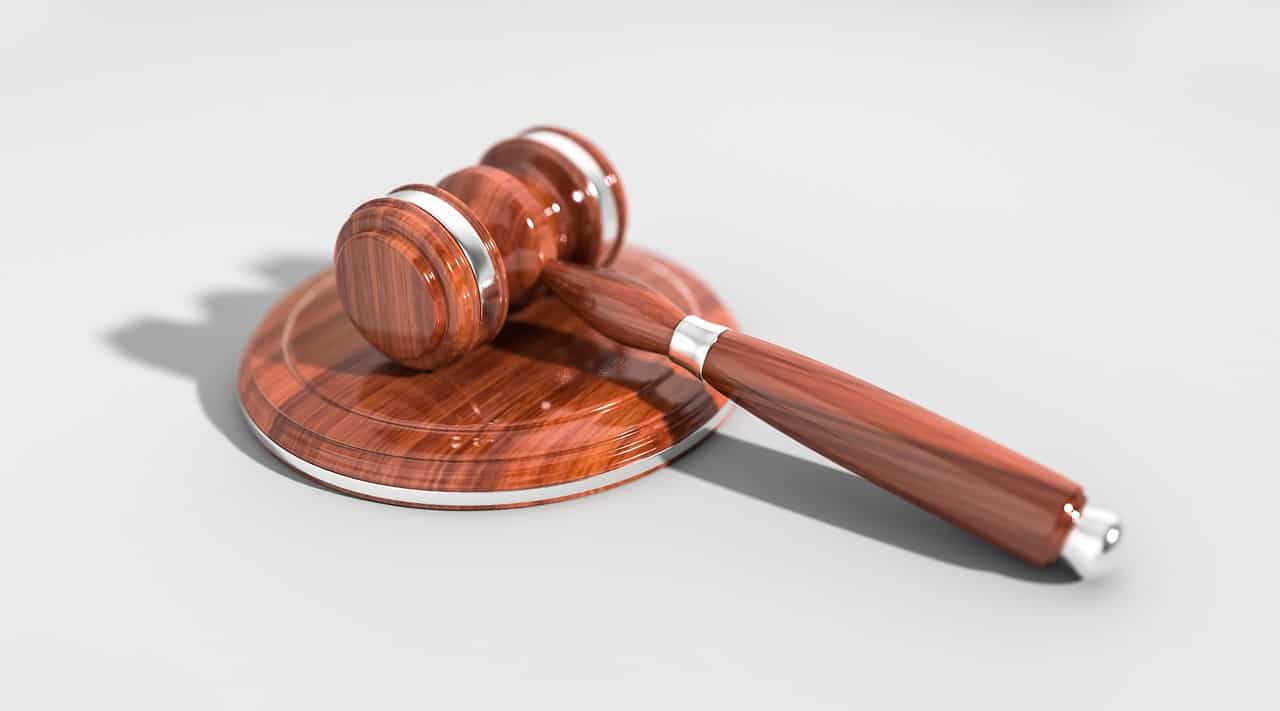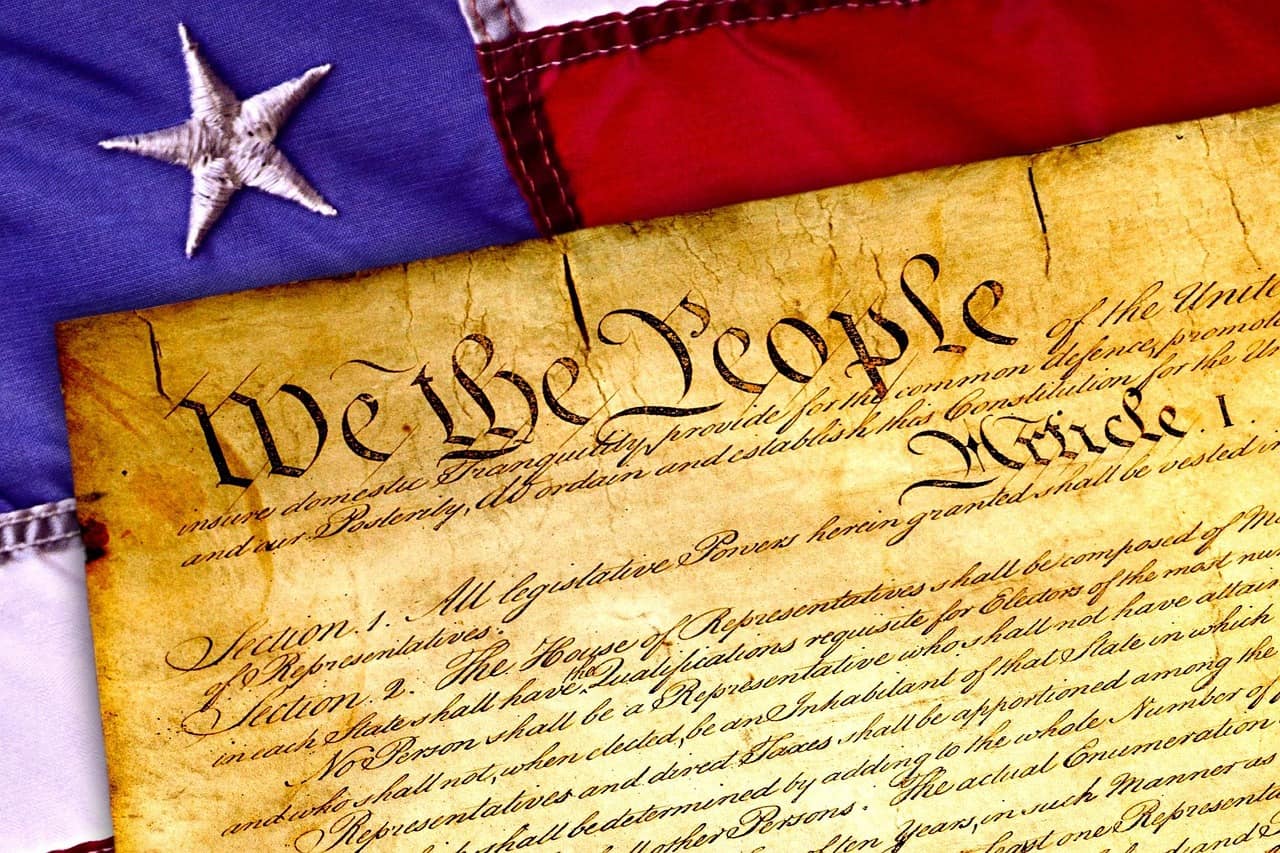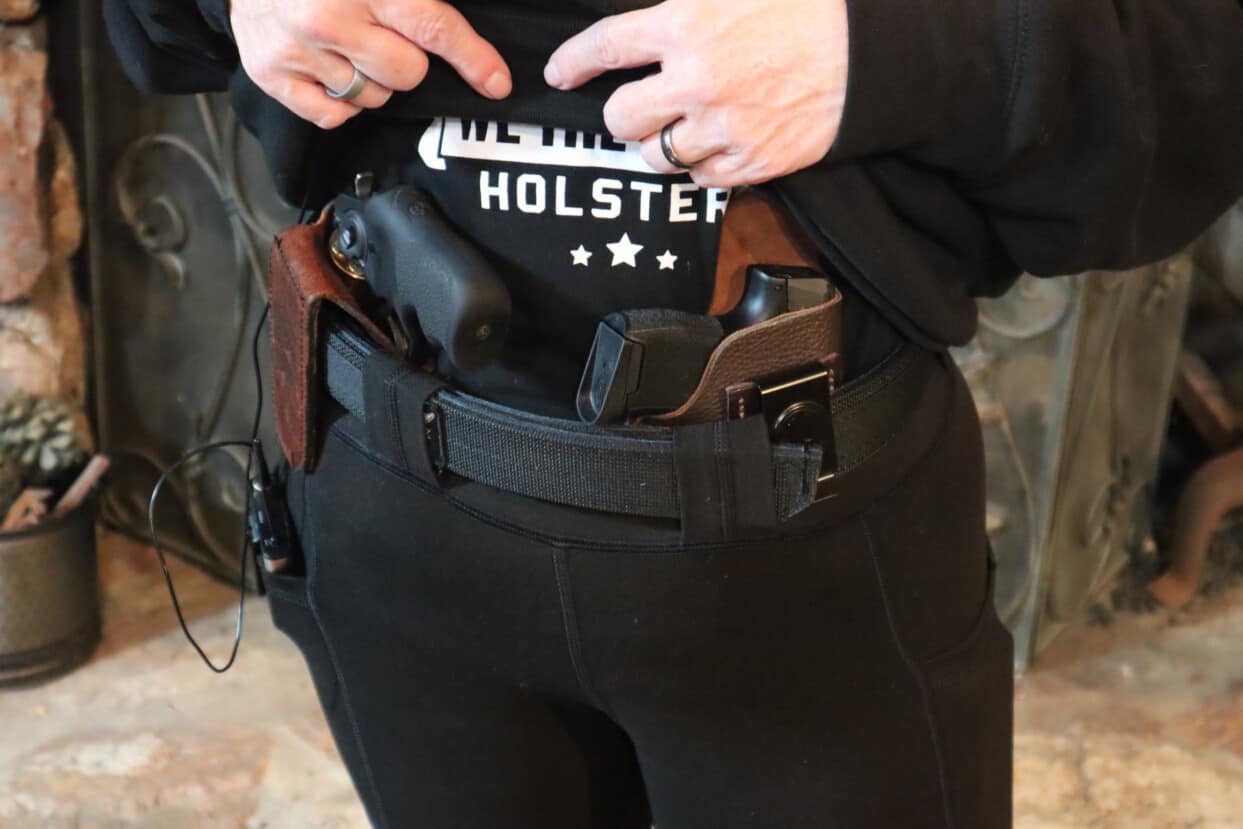Amy Coney Barrett was just appointed as the Supreme Court Justice to replace the late Ruth Bader Ginsberg. You likely know that this changes everything, but why? What do originalists believe, and how is it different from the “living document” approach favored by Ginsberg? I had a conversation on the topic via Facebook with a…
Category: Civil Liberty
How our Constitutional rights are affected by current events
Why Join the NRA and Other Second Amendment Advocates?
By far the best known gun advocacy group in America is the National Rifle Association (NRA). The NRA has been fighting for the Second Amendment since its start in New York in 1871. Gun owners who want to make sure the Constitution continues as the law of the land can look to the NRA for…
Setting Up the Supreme Court: Article III and the Federalist Papers
Article III We will now examine Article III of the US Constitution. Our guide for this tour is none other than Publius, a pen name for the coalition of Alexander Hamilton, James Madison, and John Jay. If those names sound familiar, it is because they had a hand in forming our great nation. Alexander Hamilton…
Article II and the Federalist Papers: Setting up the Presidency
Article II It is time to examine the way our Founders structured the Presidency. Never before had a Constitutional Republic been tried. The colonies had existed under the dictatorial rule of the King of England, but now they had a fresh start. Instead of an all-powerful head of state, our Founders wisely chose a government…
Congressional Power: Article I and the Federalist Papers
We continue our exploration of Article I of the United States Constitution as it defines the roles of the Senate and the House of Representatives. We will rely on the Federalist Papers for commentary. Written by Alexander Hamilton, James Madison, and John Jay, the Federalist Papers allow us to see what our Founders were thinking…
Setting Up the Senate: Article I and the Federalist Papers
Let’s continue our deep dive into the Constitution with Article I, Section 3, where we learn the structure and function of the Senate. The Founders chose a bicameral legislature, separated into two parts that function independently, in order to break up the power invested in the legislature. Having just asserted their independence from the most…
Keep Big Brother in Check
The Second Amendment to the Constitution is in fact the reason that we in America don’t have to fear a knock on the door in the middle of the night. At the time I thought he was being overly dramatic, but Coach Kopp understood that freedom isn’t free. It must be maintained by a tension between the governing and the governed. If they know you can’t fight back, our leaders will institute any policy they see fit, in any manner they choose. They will shut down your businesses capriciously, forbid you to roam freely, dictate what you wear and what you say, demand that you submit to vaccination in order to earn the right to participate in society….
Setting Up the House Of Representatives
Article I begins with the establishment of Congress, divided into the House of Representatives and the Senate. This is called a bicameral legislature, meaning two sections of the lawmaking body with independent functions. James Madison, considered the Father of the Constitution for his ample contribution to its ideas and ultimate form, explained the separation of powers in Federalist Paper #47:
Mao’s Rules of Insurgency: Marxism in Seattle
Mao Tse Tung’s Theory of Revolutionary War. Phase One is organization. Phase Two is progressive expansion. Phase Three is the decision phase.
Socialism and the Brownshirts
After World War I Germany was humiliated by the Allies in the Treaty of Versailles. They were forced to demilitarize, pay reparations, and surrender large areas of territory. This and the economic disarray that followed led to resentment and anger on the part of the German people, paving the way for the nationalist sentiments that Hitler rode to power. Hyperinflation and then the Great Depression left Germany in dire economic straits and ripe for a dynamic, angry new leader. The SA (Stormabteilung), also known as Storm Troopers or Brownshirts, was a violent paramilitary group founded by Adolf Hitler in Munich, Germany in 1921. Identifiable by their brown uniforms and serving austensibly as a security force for Nazi rallies, they used violence and intimidation to influence voters in local and national elections. In the Beer Hall Putsch of 1923 Hitler led 600 Brownshirts in a failed coup attempt against the democratic Weimar government. They instigated violent street clashes, targeting Jews and leftists. Anti-capitalist Ernst Rohm became involved and grew the SA to 2 million or more members by 1933.










